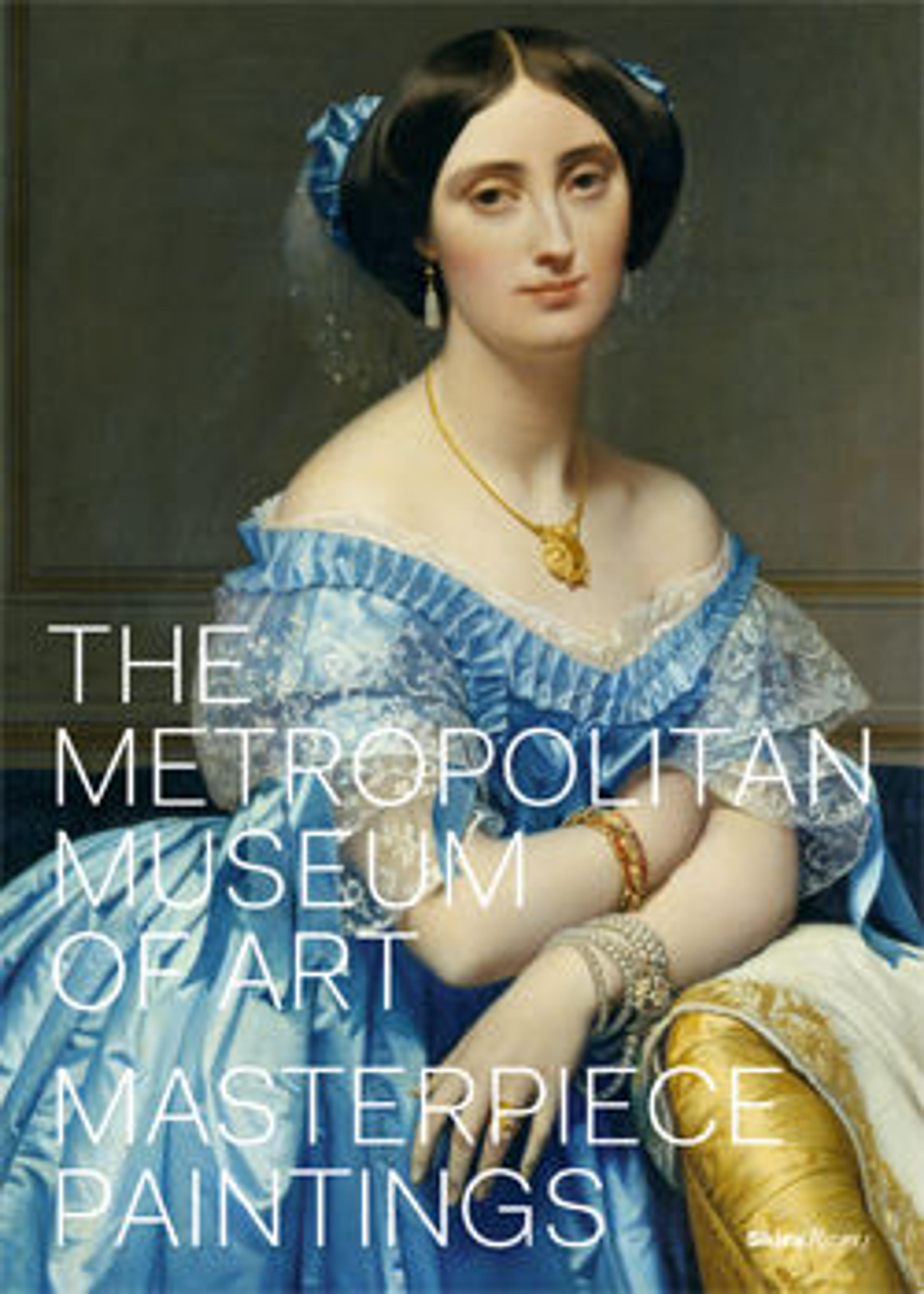Panel with the god Zeus/Serapis/Ohrmazd and worshiper
This rare Central Asian votive panel depicts a deity (with nimbus) being approached by a male worshiper, probably nonroyal but portrayed as of equal stature to the god. Compositionally, they follow scenes of homage and investiture from the post-Hellenistic West and from Iran in which a king and a god appear side by side. A majestic figure with a full beard and long wavy hair, who has been identified as the supreme deity Zeus/Serapis/Ohrmazd, receives a suppliant in the characteristic Iranian short tunic and leggings, hands clasped in adoration. Here, the rich intercultural style that developed in the Kushan realm is clearly displayed: Indian divine iconography; the Iranian type of two-figured composition; and Greco-Roman naturalism in the drapery and pose, as well as in the use of light and shadow to suggest modeling. The panel has holes at the corners and was probably set up, together with three others acquired by the Museum (MMA 2000.42.1, .3, .4), on the interior walls of a sanctuary, perhaps a family shrine.
Artwork Details
- Title: Panel with the god Zeus/Serapis/Ohrmazd and worshiper
- Period: Kushan
- Date: ca. 3rd century CE
- Geography: Bactria; Northern Afghanistan, near Balkh, near Oxus river
- Culture: Kushan
- Medium: Terracotta, gouache
- Dimensions: H. 56.8 cm, W. 52.3 cm, D. 5.4 cm
43 lbs - Credit Line: Purchase, Raymond and Beverly Sackler Gift, 2000
- Object Number: 2000.42.2
- Curatorial Department: Ancient West Asian Art
More Artwork
Research Resources
The Met provides unparalleled resources for research and welcomes an international community of students and scholars. The Met's Open Access API is where creators and researchers can connect to the The Met collection. Open Access data and public domain images are available for unrestricted commercial and noncommercial use without permission or fee.
To request images under copyright and other restrictions, please use this Image Request form.
Feedback
We continue to research and examine historical and cultural context for objects in The Met collection. If you have comments or questions about this object record, please complete and submit this form. The Museum looks forward to receiving your comments.
